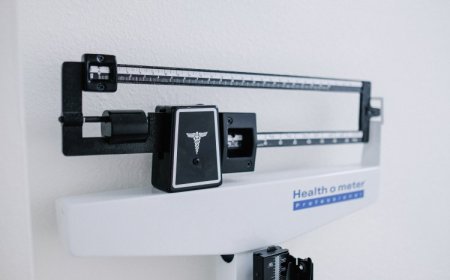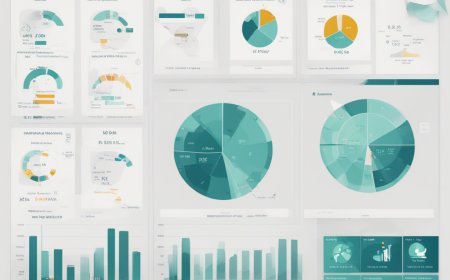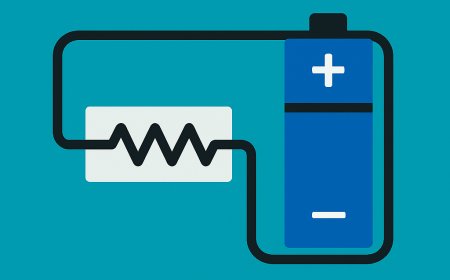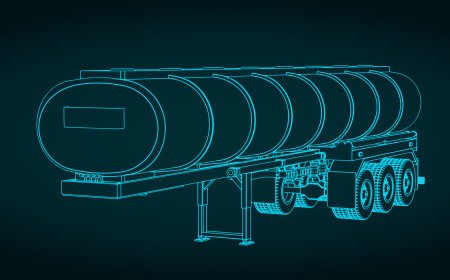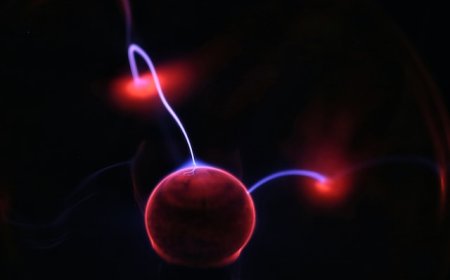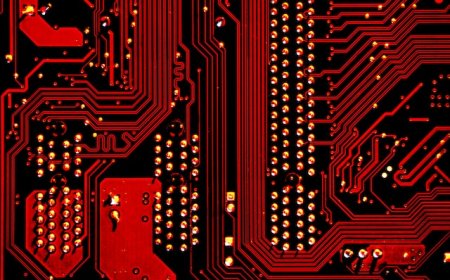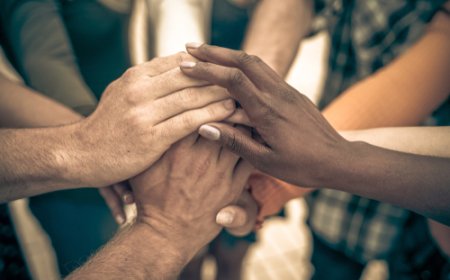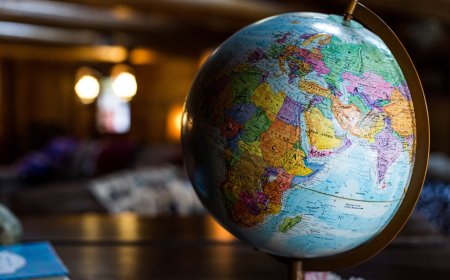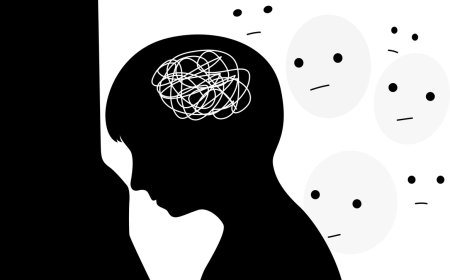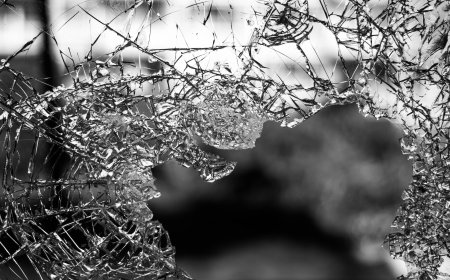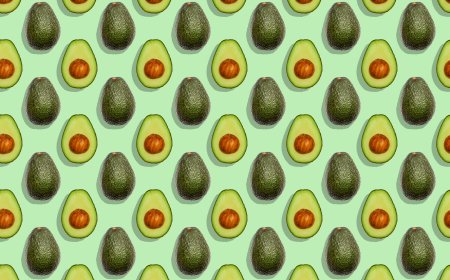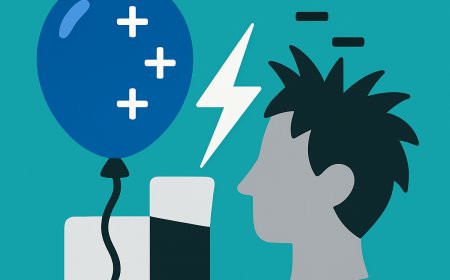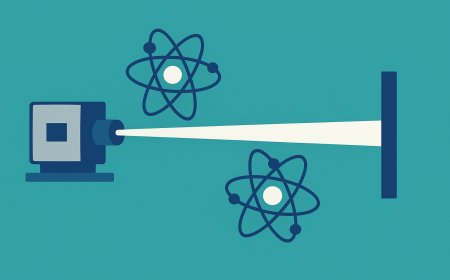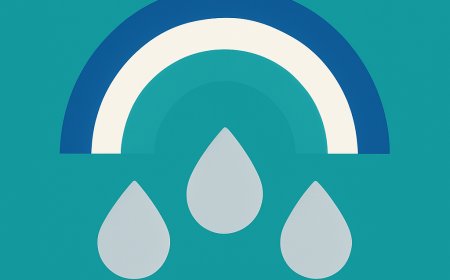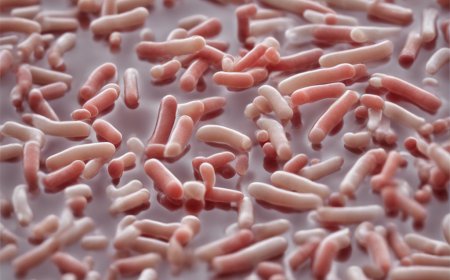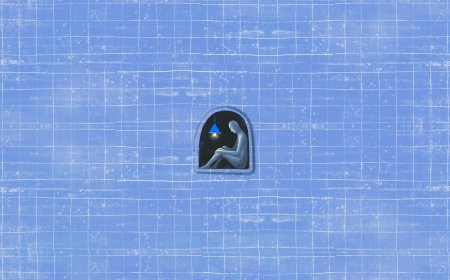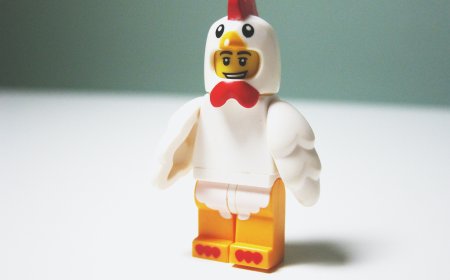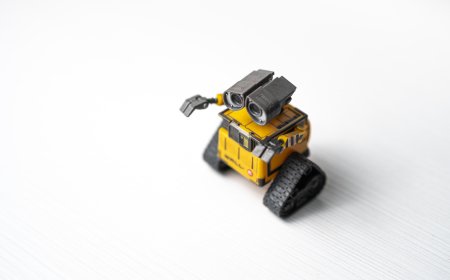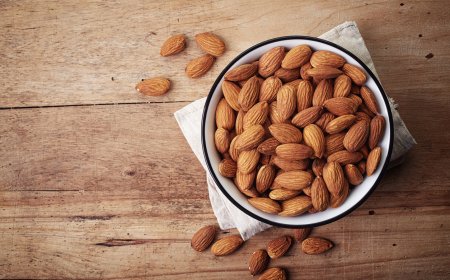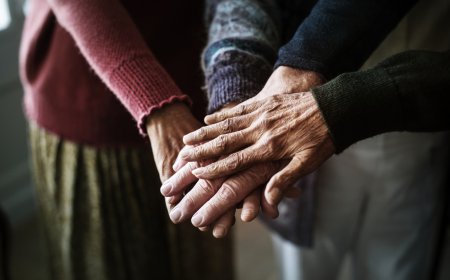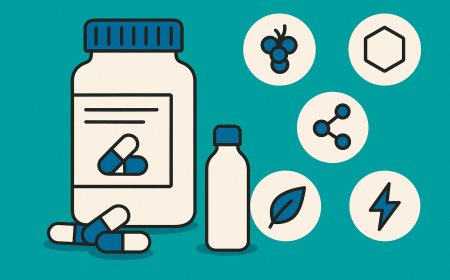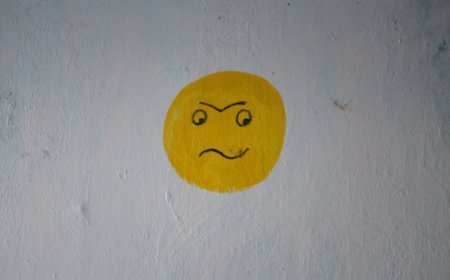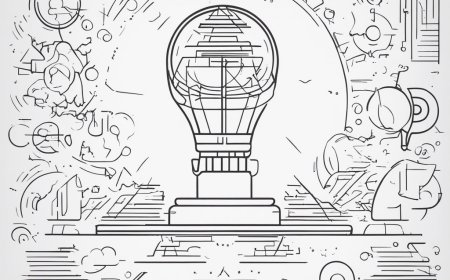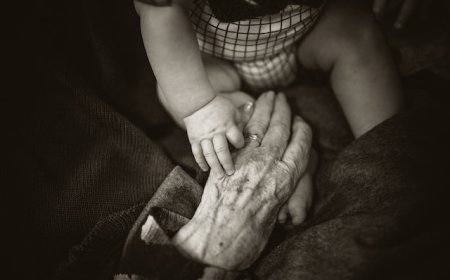Every Breath You Take: Unveiling the Mysteries of Your Lungs!
Discover the marvels of the human respiratory system! This engaging article breaks down the complex scientific concept of how our lungs help us breathe into easy-to-understand explanations.
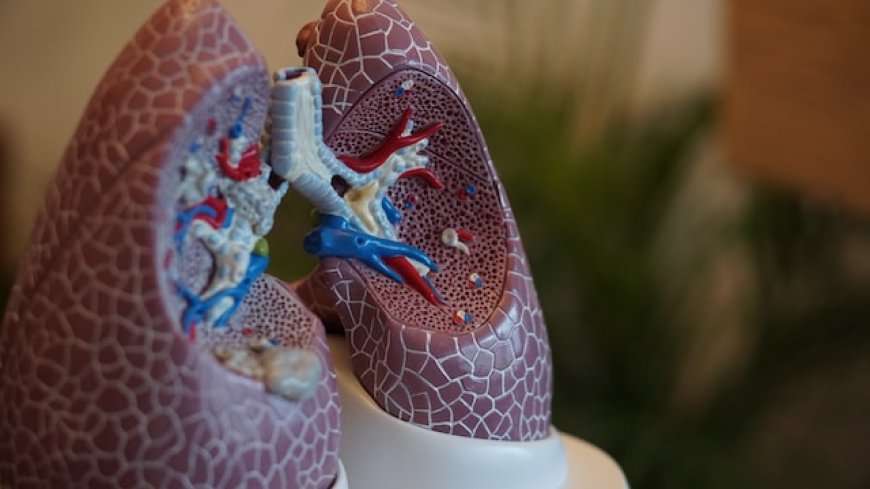
Every day, without even thinking about it, you take about 20,000 breaths. Each breath you take is a testament to the wonders of the human respiratory system, an intricate network that helps keep you alive and kicking. But how exactly does this system work? Let's dive in and explore the marvels of our lungs and how they help us breathe.
The Mechanics of Breathing: Inhale, Exhale
Breathing can be broken down into two main phases: inhalation and exhalation. During inhalation, your diaphragm (a sheet-like muscle beneath your lungs) contracts and moves downward, creating a larger space for your lungs to expand. As they do, air rushes in through your nostrils or mouth, down a tube called the trachea, and into your lungs.
Conversely, during exhalation, your diaphragm relaxes and moves upward, causing your lungs to decrease in size. This process forces the air you've just inhaled back up and out of your body.
A Closer Look at Your Lungs
Your lungs are not just empty bags but are filled with a complex network of tubes called bronchi, which further branch out into smaller tubes known as bronchioles. At the end of these bronchioles lie tiny air sacs called alveoli.
The alveoli are where the magic happens. Each one is surrounded by a network of tiny blood vessels or capillaries. When oxygen-filled air reaches the alveoli, oxygen molecules cross the thin walls of the alveoli and capillaries and enter your bloodstream. Simultaneously, carbon dioxide – a waste product your body needs to get rid of – moves from your blood into the alveoli.
The Oxygen-Carbon Dioxide Exchange: The Breath of Life
Every cell in your body needs oxygen to create energy. This oxygen is carried by your blood from your lungs to every part of your body. After the oxygen is used up, your cells produce carbon dioxide as a waste product, which your blood carries back to your lungs.
When you exhale, you're not just getting rid of air – you're expelling this carbon dioxide from your body. And when you inhale fresh air, you're restocking your body's oxygen supply. This continuous exchange of gases is the basis of respiration – the process that powers life as we know it.
Breathe Easy: Appreciating Our Respiratory System
Understanding the intricate processes that take place every time you breathe puts into perspective the marvel that is the human respiratory system. It's not just about inhaling and exhaling; it's about supplying your body with the life-sustaining oxygen it needs and getting rid of waste products to keep your body functioning optimally.
So the next time you take a deep breath, remember the complex system working tirelessly behind the scenes. Appreciate the simplicity of breathing and the intricate science that makes it possible. And remember, every breath you take is a testament to the wonder of human biology.
In conclusion, the respiratory system, with the lungs at its core, is a marvel of biological engineering. It keeps us alive, fuels our bodies, and even helps to regulate our body's pH level. So breathe easy, and remember to give your body the fresh air it needs to keep you healthy and thriving.
Note: This article aims to simplify complex scientific concepts for a lay audience. While it provides a basic understanding of the respiratory system, it does not cover all aspects in detail. For a deeper understanding, please refer to scientific literature or consult a medical professional.
Disclaimer: The image(s) featured in this article are for illustrative purposes only and may not directly depict the specific concepts, situations, or individuals discussed in the content. Their purpose is to enhance the reader's understanding and visual experience. Please do not interpret the images as literal representations of the topics addressed.
What's Your Reaction?









